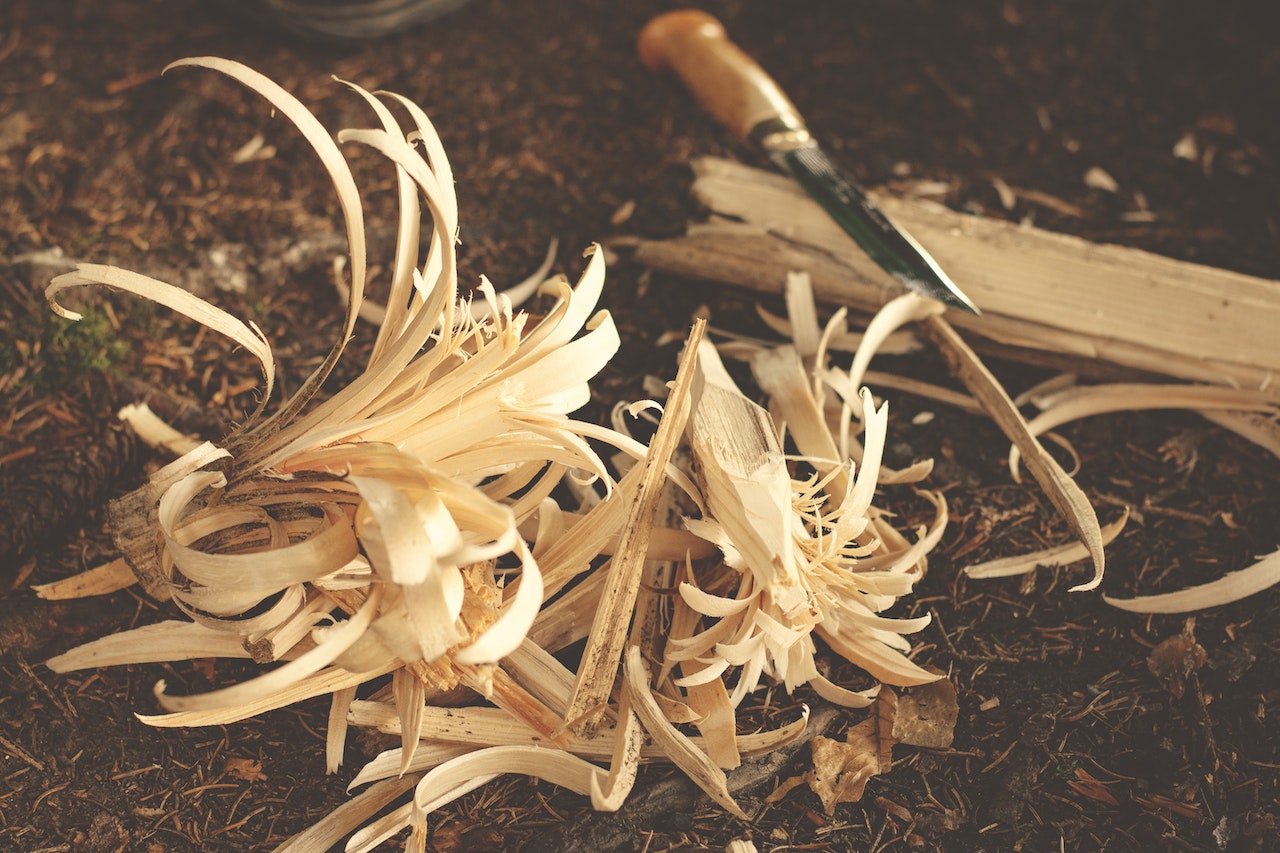Brief History of Activewear Fashion
There is no denying that fashion plays a significant role in our day-to-day lives. Typically, you will find people wearing different clothes depending on the occasion: holiday wear, official wear, smart-casual, activewear, etc. Let’s walk down memory lane and focus on the evolution of gym fashion.

1960s
Workout clothes became a fashion for the first time during this decade, with many gym enthusiasts preferring to don the right outfit during workout sessions.
1970s
The tracksuit had been released, so people rushed to have a piece of the fashion in their wardrobe. Those without tracksuits would look out of place in the gym or during group workout sessions.
1980s
From simple lose-fitting bloomers and baggy pants to leggings, crop tops, yoga pants, and long sleeve workout tops you see online, activewear has come a long way. The activewear brand AIMN offers high quality modern tights and long sleeve work out tops.
You have seen or heard about the famous leg warmers, right? They are associated with this decade. Also emerging in the 80s were dance rights and bright colours. With cardio classes introduced too, ladies had every reason to dress appropriately for sessions.
1990s
Although this period left behind sweatbands and legwarmers, tights, leggings, and leotards continued to rule. The fashion became more of pigtails and layering but less of bold prints.
2000s
Workout clothes had become far much functional by this time, with yoga pants becoming a thing for many people. That was because yoga classes had hit unprecedented popularity.
Today
Today, activewear is more sophisticated than ever before. What we have now is a blend of previous styles and high-quality breathable materials that feel super comfortable on the body.



 useum to see the exhibition will make them look forward to their time even more.
useum to see the exhibition will make them look forward to their time even more.
 in. It knows an item from the group would draw people to the museum even more. So to wow audiences, it put a large stationary engine on display. And as expected, this stationary engine is favoured by many visitors to the museum.
in. It knows an item from the group would draw people to the museum even more. So to wow audiences, it put a large stationary engine on display. And as expected, this stationary engine is favoured by many visitors to the museum.
 /p>
/p>
 dworking. To them, woodworking is not for the faint of heart, and their works are strategically created. Anybody who views their masterpieces can also see the result of the personal resources they invested in them.
dworking. To them, woodworking is not for the faint of heart, and their works are strategically created. Anybody who views their masterpieces can also see the result of the personal resources they invested in them.